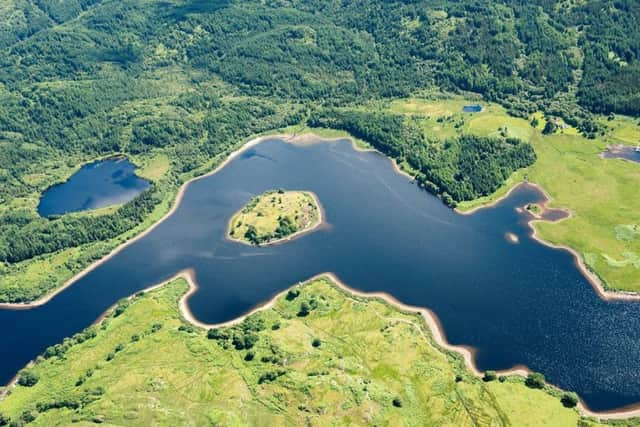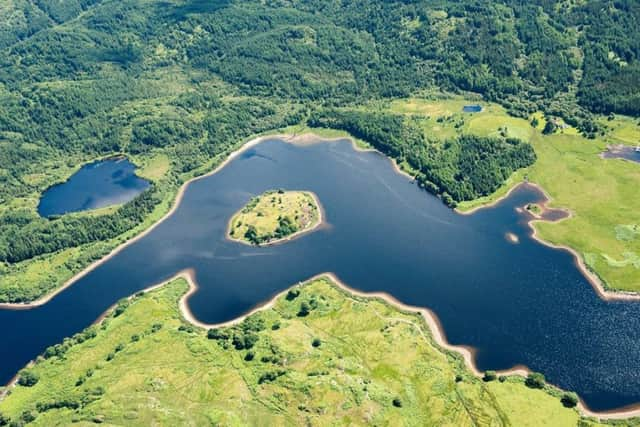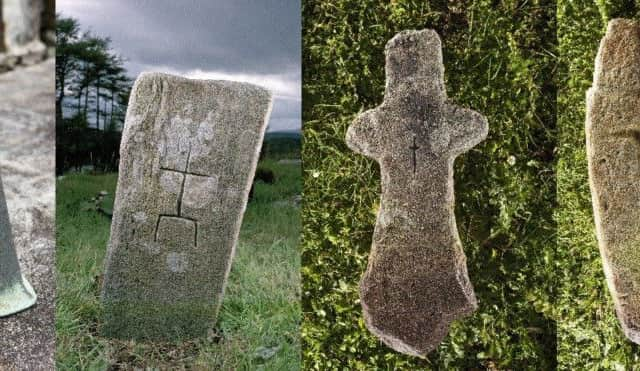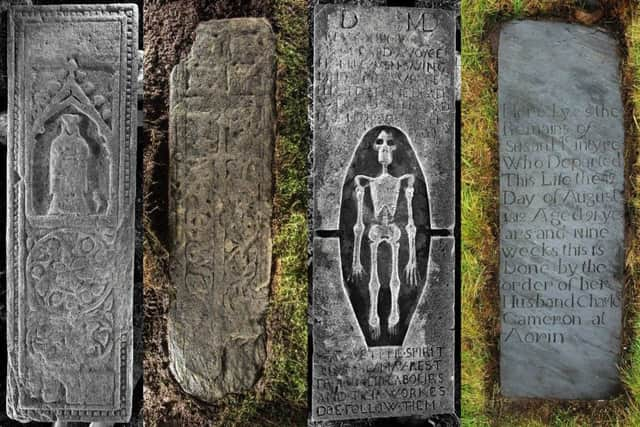Medieval handbell among treasures found on Highland island


George Geddes, of the archaeological survey team at Historic Environment Scotland, recently visited St Finan’s Isle on Loch Shiel.
The island was reportedly home to St Finan, an Irish monk, who lived in a cell and spread the Christian faith through Lochaber in the 7th century.


Advertisement
Hide AdThe island later became the burial place of a branch of Clan Donald until the end of the 16th Century with evidence that a blacksmith also lived here.
Here, Mr Geddes writes about the items and what they tell us about the island’s history.
Set in Loch Shiel among the area of Scotland known as the ‘rough bounds’, St Finan’s Isle (or Eilean Fhianain in Gaelic) is framed by mountains, and encircled by eagles from a nearby cliff eyrie.


The island stood at the heart of the medieval parish of Sunart, and acted as the burial place for the Macdonalds of Castle Tioram. Much lay to be discovered during our recent archaeological survey.
We recorded the island at the invitation of members of the Moidart Historical Group. For us the challenge was both technical – with some 700 features to record – and interpretative. Would we be able to tease out the story of how the landscape had changed over time?
The oldest features on the island include an early medieval hand-bell. This is of a particular type found in Scotland and Ireland, perhaps brought here by St Finan himself more than a thousand years ago.
Advertisement
Hide AdThe bell was stolen by a party of soldiers in the 18th century. A chase ensued and the chief delinquent was ‘tied to a tree and soundly flogged’!


The church itself has long lost the fittings of a parish centre, but members of the history society have found a small group of sandstone fragments which show its former status.
Advertisement
Hide AdThese pieces, along with documentary evidence and the character of the surviving stonework, suggest the church was built in the 13th or 14th century.
Some of the finest late medieval stones on the island probably record the burials of the clan chiefs, their wives and senior family members. Sadly we can no longer read the early inscriptions.
Our trickiest challenge included around 40 platforms set into the sides, and a large amount of iron slag. How might these be interpreted?


Some platforms are recent cuttings, made to provide a space for burials. Others have been borrow pits, providing the extra soil needed for continuing burial.
Yet others are building platforms. Documents tell us the minister and a blacksmith lived here in the 17th and 18th centuries. That might explain the quantities of iron slag, which are concentrated on the other side of the island from the buildings.
You can visit Eilean Fhianain by boat at any time of year, and trips pass the island in the summer months. Be careful though, strong winds scour the glen from time to time…!
-This article originally appeared on the Historic Environment Scotland blog
